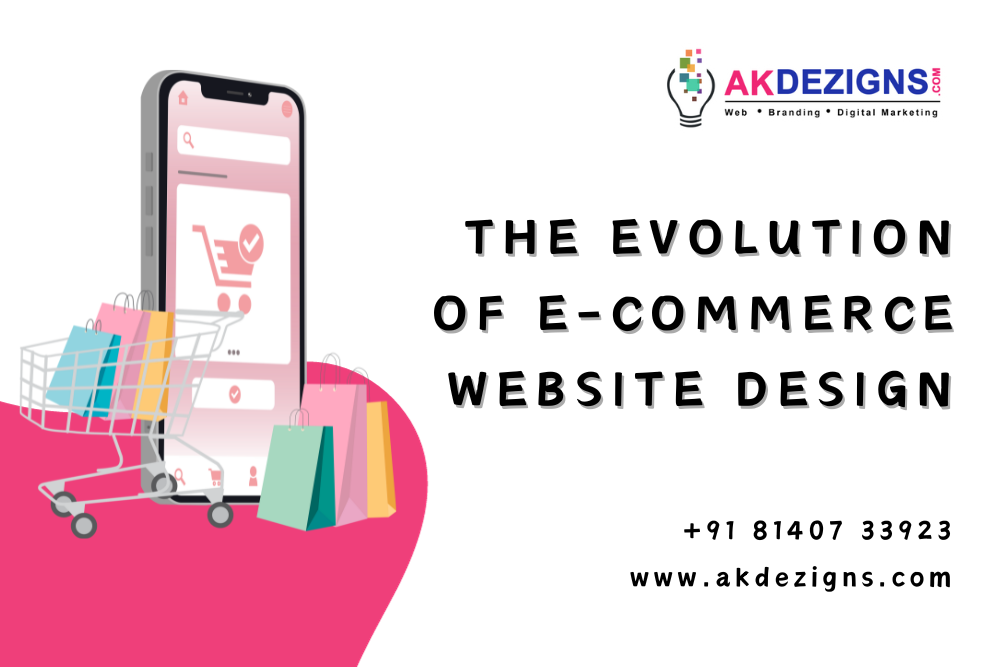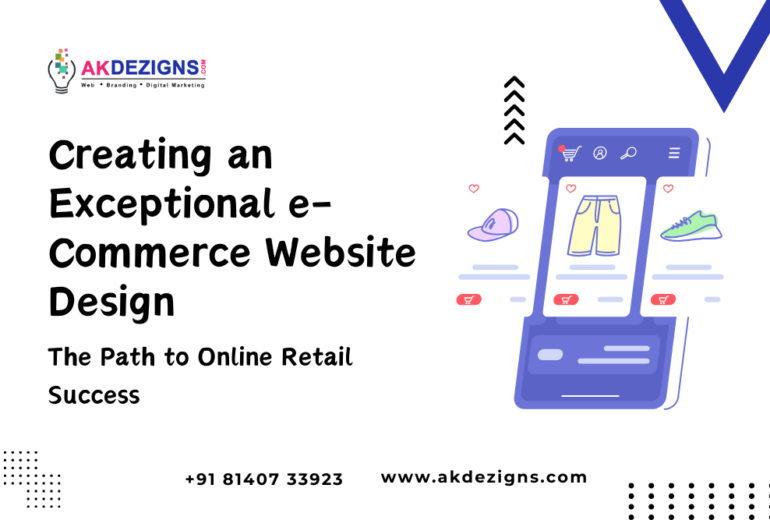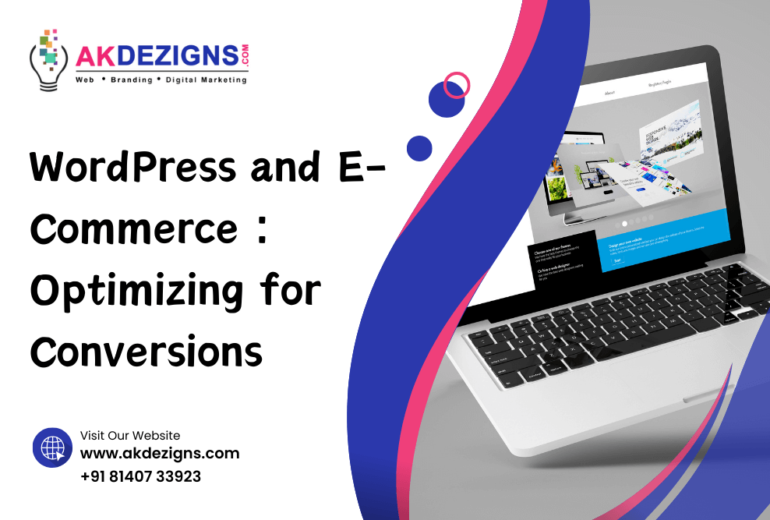The evolution of e-commerce website design has been marked by continuous innovation and adaptation to changing consumer behaviors, technological advancements, and design trends. website development company in Ahmedabad, India, Here’s an in-depth exploration of the key stages and trends in the evolution of e-commerce website design:
1. Early Days: Basic Online Catalogs (1990s – Early 2000s)
- E-commerce websites in the early days were essentially online catalogs. They featured basic HTML layouts, simple product listings, and static images.
- Limited functionality and often required users to manually input product details for purchase.
2. Introduction of Shopping Carts and Secure Transactions (Mid-2000s)
- Shopping cart functionalities were introduced, allowing users to add products to a virtual cart before checkout.
- Implementation of secure sockets layer (SSL) technology for secure online transactions.
- Basic product descriptions and checkout processes.
3. Rise of User-Friendly Interfaces (Late 2000s – Early 2010s)
- Improved user interfaces (UI) and user experience (UX) using CSS, JavaScript, and AJAX for dynamic and interactive elements.
- Implementation of user accounts, wishlists, and product recommendations.
- Introduction of responsive design to enhance compatibility across various devices.
4. Mobile Optimization and Responsive Design (2010s)
- Increasing emphasis on mobile optimization due to the surge in mobile device usage.
- The advent of responsive web design ensures seamless experiences across desktops, tablets, and smartphones.
- Mobile-first design approaches became prevalent.
5. Integration of Social Commerce (The mid-2010s)
- Integration of social media platforms into e-commerce websites for social sharing, user reviews, and social commerce.
- User-generated content and social proof gained importance in product pages.
6. Personalization and AI Integration (Late 2010s – Early 2020s)
- Advanced personalization based on user behavior, preferences, and purchase history.
- Integration of artificial intelligence (AI) and machine learning for product recommendations and chatbots for customer support.
- Enhanced product filtering and search functionalities.
7. Enhanced Visuals and Product Presentation (Mid-2020s)
- High-quality visuals, including videos, 360-degree product views, and augmented reality (AR) features for a more immersive shopping experience.
- Emphasis on storytelling through visuals to enhance brand identity.
8. Voice Commerce and Progressive Web Apps (Late 2020s)
- Integration of voice search and voice-activated shopping for hands-free interactions.
- The adoption of progressive web apps (PWAs) for faster loading times and enhanced offline capabilities.
9. Sustainability and Ethical Design (Present)
- Growing focus on sustainability with eco-friendly packaging, ethical sourcing, and transparent supply chain information.
- Design elements and messaging reflecting a commitment to social and environmental responsibility.
10. Future Trends (Anticipated for 2024 and Beyond)
- Continued emphasis on AI and machine learning for hyper-personalization.
- Integration of virtual reality (VR) and augmented reality (AR) for virtual try-ons and immersive shopping experiences.
- Further advancements in voice commerce and the Internet of Things (IoT) for interconnected shopping experiences.



